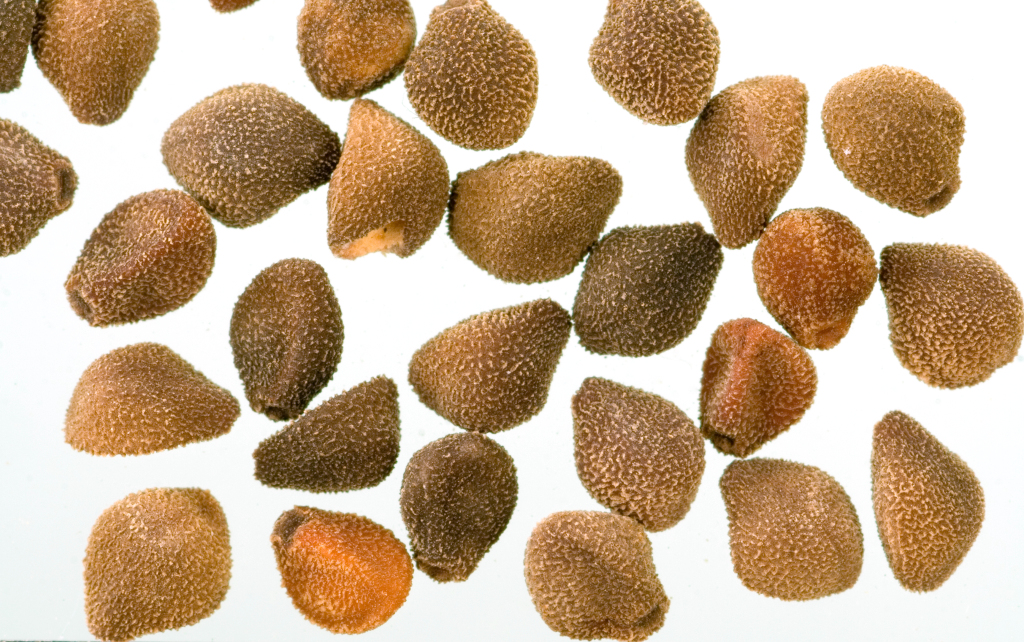Convolvulus arvensis
L. Common BindweedPerennial with trailing and twining stems, more or less glabrous to sparsely hairy with ascending hairs. Mid-stem leaves ovate to lanceolate or narrowly triangular in outline, 1–6 cm long, 3–30 mm wide, apex acute to obtuse, mucronate, base hastate or sagittate, basal lobes entire, to c. 1 cm long, glabrous or sparsely hairy; petiole 5–25 mm long. Flowers 1–3; peduncles 20–40 mm long; pedicels 5–15 mm long, shorter than peduncles; bracteoles linear, 2–4 mm long; outer sepals more or less oblong, 3–4 mm long, rounded or retuse, glabrous or sparsely hairy; inner sepals suborbicular; corolla funnel-shaped, 15–30 mm long, white or pink. Capsule globose, 4–6 mm diam., style-base persistent; seeds granular, glabrous. Flowers mainly spring and summer.
MuM, Wim, VVP, VRiv, MuF, GipP, OtP, WaP, Gold, CVU, DunT, NIS, HSF, Strz. Also naturalised WA, SA, Qld, NSW, ACT, Tas. Native to Europe and Asia. Widespread across much of Victoria where declared a noxious weed. Competes strongly with cereal crops, also occupying waste places. Native to Europe and Asia.
Jeanes, J.A. (1999). Convolvulaceae. In: Walsh, N.G.; Entwisle, T.J., Flora of Victoria Vol. 4, Cornaceae to Asteraceae, pp. 365–375. Inkata Press, Melbourne.
 Spinning
Spinning



